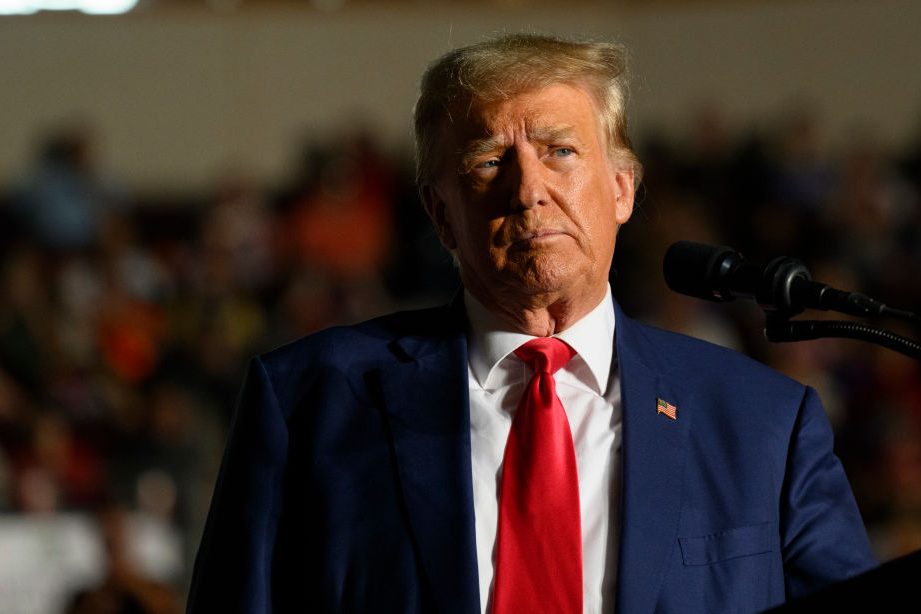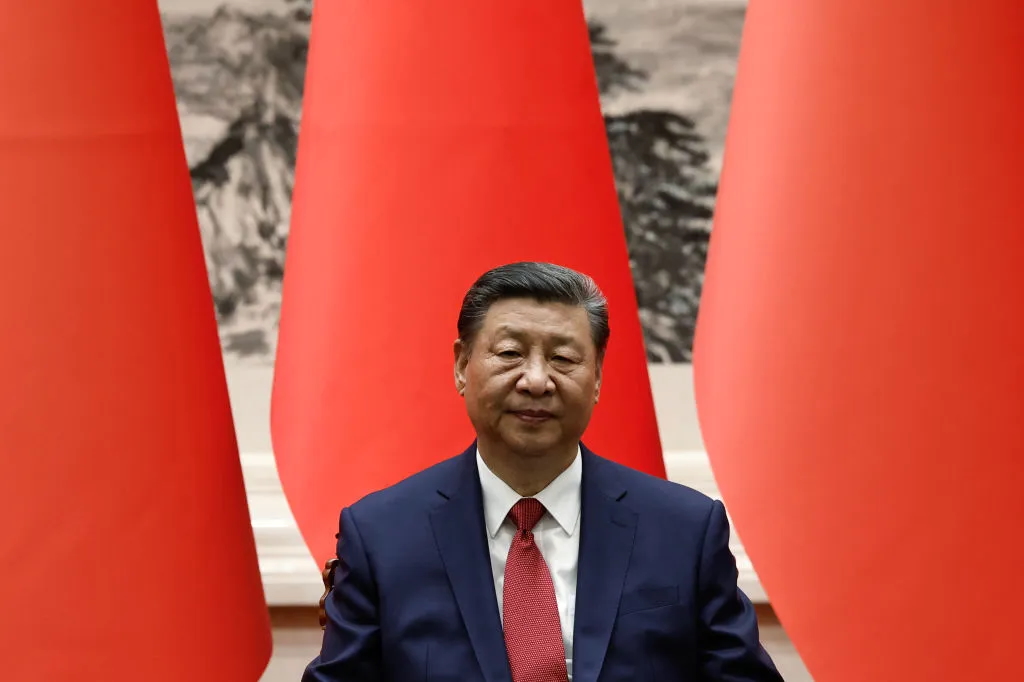The Republican Party has to come to grips with populism. Donald Trump’s commanding lead in the race for the 2024 presidential nomination makes that clear, as does the fact that the next-most popular candidate, Ron DeSantis, also has a populist streak.
In fact, the GOP’s base has subscribed to one flavor of populism or another since at least as far back as the start of the Cold War. In the 1950s, Senator Joseph McCarthy’s red-hunting had a pronounced class dimension — elite officials in “striped pants” were a frequent target. By the end of the 1960s, Richard Nixon was appealing to the “silent majority” against a radical campus counterculture.
The Moral Majority and other religious right groups of the 1980s and 1990s exhibited a form of Christian populism. And the Tea Party movement that arose in outrage over the bank bailouts at the end of the George W. Bush years was a libertarian populist movement, of which the 2008 presidential campaign of Ron Paul was a herald.
Early on, the conservative movement embraced populism. National Review founder William F. Buckley Jr. was a defender of McCarthy and famously said he’d rather be governed by the first 2,000 names in the Boston phonebook than by the faculty of Harvard University.
Buckley’s 1965 campaign for mayor of New York was also a prototype of a new kind of populist campaigning among lower-class white ethnics that Nixon and later Republicans would adapt to great success.
But if populism was the driving force of conservative electoral politics, conservative thinkers, their imaginations inhabiting nineteenth-century Europe, could hardly bring themselves to make a philosophical case for it. Conservatism was meant to be aristocratic, or at least haut bourgeois. It should disdain democracy. Wasn’t the US Constitution itself a restraint on the people?
Libertarian-leaning conservatives certainly thought so: to them democracy meant redistribution. Give the people too much power and they would plunder the rich. That’s what many right-leaning intellectuals thought had happened under the New Deal.
As long as conservatives were political outsiders, however — they considered themselves outsiders even in the Republican Party of Eisenhower and Nixon — a populist critique of “the establishment” was rhetorically useful, indeed irresistible. Anti-elite, anti-government populism elected Ronald Reagan in 1980 and led Republicans to win full control of Congress — for the first time in forty years — in the 1994 midterms.
Yet having power made Republicans and their conservative friends, who were now among the insiders, more wary of populism, which was suddenly something that those right-wingers who remained on the outside of government might use against them.
Populism meant Pat Buchanan — he, and it, were the enemy. Late in the Cold War, New Deal liberals who admired Democrats such as Senators Henry “Scoop” Jackson and Daniel Patrick Moynihan switched labels to the ascendant Republican Party. These “neoconservatives” had never sympathized with the populist electoral right and led the way in arguing that Republicans now in government should jettison their anti-establishment mentality.
But rejecting populism led the post-Reagan GOP to defeat and disaster. So obvious was the gulf between the neoconservative and economically neoliberal elite of the party and its base that in 2008 the princeling of neocons, William Kristol, lobbied to put Sarah Palin on the GOP ticket as John McCain’s running mate. The challenge that socially conservative, economically populist contenders like Mike Huckabee and Rick Santorum presented in 2008 and 2012, and the populist discontent with war and the Federal Reserve that Ron Paul marshaled in those years, was a prelude to Donald Trump’s trouncing of all the conservative movement’s political champions in 2016.
Yet Trump paid the price for being a populist president elected at the head of an unpopular and antipopulist party. Trump’s administration was riddled with Republicans who hated him and connived with the media to destroy him. Ever so slowly, however, Republicans are learning to embrace pop- ulism. Trump’s persistent popularity with the base is a lesson elected officials can’t ignore. But conservative wonks and wordsmiths are another matter — they aren’t responsible to voters.
Sixty years ago, one of the greatest postwar conservative thinkers did overcome them. In 1963, Willmoore Kendall published The Conservative Affirmation, a book that solves many of today’s conservative conundrums. (Full disclosure: I wrote a new foreword for it last year.) It shows how democracy and what we now call populism fit into the constitutional order, not in place of a leadership class but as the proper judges of the nation’s leaders. The Founding Fathers did not, in fact, design the Constitution as an outside restraint upon the people, but as a means for popular self-control.
Kendall published his book when John F. Kennedy was still alive, before the Beatles had yet played The Ed Sullivan Show. He died just four years later. He was only fifty-eight but had made a mark on conservative thought, not least as mentor to Buckley at Yale. In the decades since his death, Kendall has been half-forgotten. But his memory holds answers for how to reconcile populism and conservatism today. If the GOP can do that, it will heal the breach that opened after the Reagan years and finally realize the promise of the spirit that has animated the party all along.
This article was originally published in The Spectator’s September 2023 World edition.

























